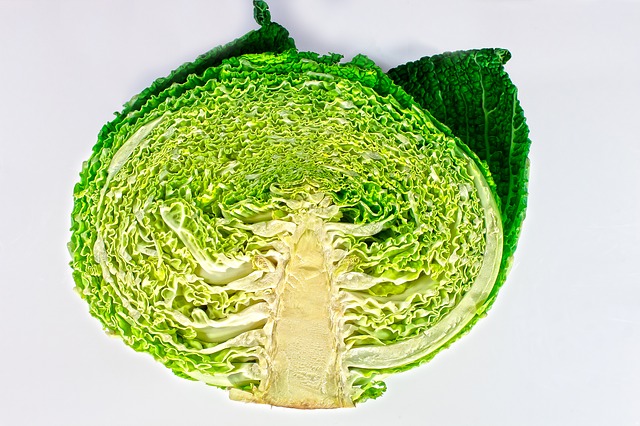Bold Chinese Experiment Genetically Engineers Monkeys, maybe makes them Smarter, definitely raises some ethical questions
/Chinese researchers are going hard lately! Following projects that include genetically modifying embryos and letting two develop into twin human babies, and cloning primates, another envelope-pushing report comes from the Chinese Bio-Science community—this time by inserting a human version of a gene into a Rhesus Monkey. The gene MCPH1 is thought to play an important role in human brain development and contribute to the distinctively human cognitive ability. The genetically modified monkeys exhibited slower (more human-like) brain development and possibly even improved cognitive ability. This work was published by Oxford University Press on behalf of China Science Publishing & Media Ltd., which is ostensibly a peer-review journal, but not PLOS or PNAS, and it unclear if this work would be given the green light at an American University. There will certainly be debate in the press about this topic, which should be thrilling, but hopefully it will hasten a some thoughtful conclusions.
Read the original article HERE and other summaries here and here and here.






















